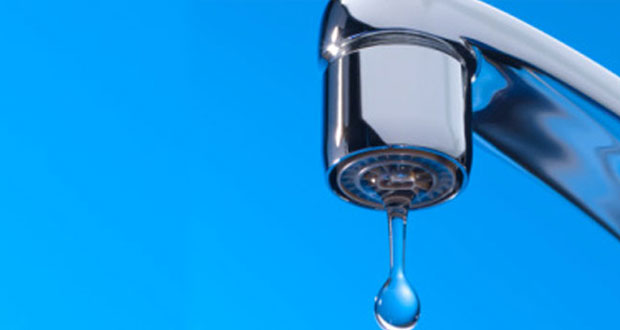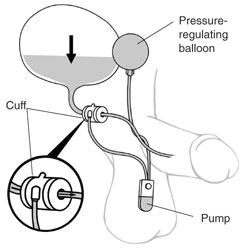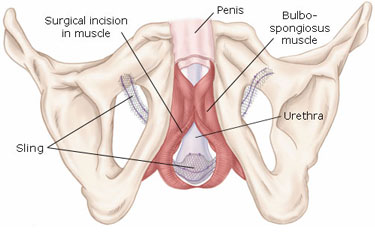No single treatment works for everyone. Your treatment will depend on the type and severity of your problem, your lifestyle, and your preferences, starting with the simpler treatment options. For some men, surgery is the best choice.
Causes of male incontinence
- For normal continence, muscles and nerves must work together to hold urine in the bladder and then release it at the right time.
- Nerve problems
- Diabetes
- Stroke, Parkinson’s disease, and multiple sclerosis Overactive bladder
- Spinal cord injury
Prostate Problems
- Folowing TURP
- Following Radical Prostatectomy
- Radiation
Diagnosis
- Medical history
- Voiding Diary
- Physical examination
- Urodynamic study
- Ultrasound
Behavioral Treatments
For some men, avoiding incontinence is as simple as limiting fluids at certain times of the day or planning regular trips to the bathroom-a therapy called timed voiding or bladder training. As you gain control, you can extend the time between trips. Bladder training also includes Kegel exercises to strengthen the pelvic muscles, which help hold urine in the bladder.
Medicines
- Alpha Blockers
- Imipramine
- Antispasmodics
Surgical Treatments
Surgical treatments can help men with incontinence that results from nerve-damaging events, such as spinal cord injury or radical prostatectomy.
- Artificial sphincter: Some men may eliminate urine leakage with an artificial sphincter, an implanted device that keeps the urethra closed until you are ready to urinate. This device can help people who have incontinence because of weak sphincter muscles or because of nerve damage that interferes with sphincter muscle function. It does not solve incontinenc
e caused by uncontrolled bladder contractions.
Note:Dr K Ramesh is first person to place a artificial urinary sphincter in Chennai.It is 6 th such case in India.
- Male sling: Surgery can improve some types of urinary
incontinence in men. In a sling procedure, the surgeon creates a support for the urethra by wrapping a strip of material around the urethra and attaching the ends of the strip to the pelvic bone. The sling keeps constant pressure on the urethra so that it does not open until the patient consciously releases the urine.
- Urinary diversion: If the bladder must be removed or all bladder function is lost because of nerve damage, you may consider surgery to create a urinary diversion. In this procedure, the surgeon creates a reservoir by removing a piece of the small intestine and directing the ureters to the reservoir. The surgeon also creates a stoma, an opening on the lower abdomen where the urine can be drained through a catheter or into a bag.
- Currently adjustable male slings are available.
 Urologist in Chennai | Robotic Urologist in India | Chennai Urology
Urologist in Chennai | Robotic Urologist in India | Chennai Urology



